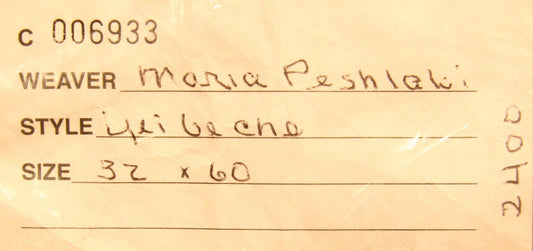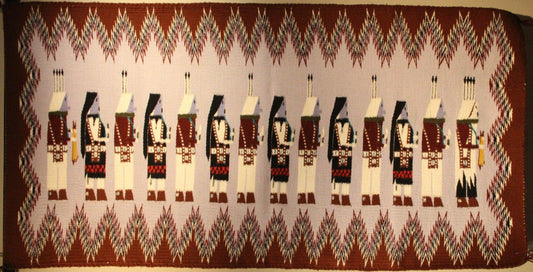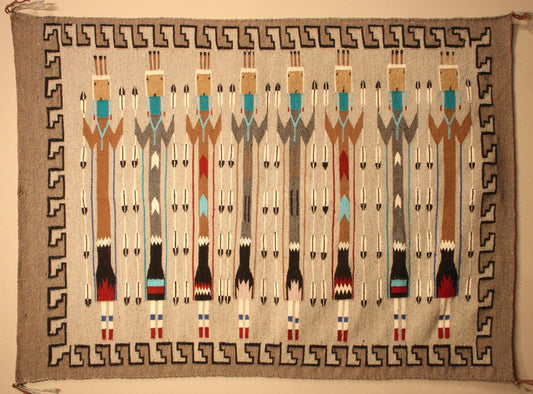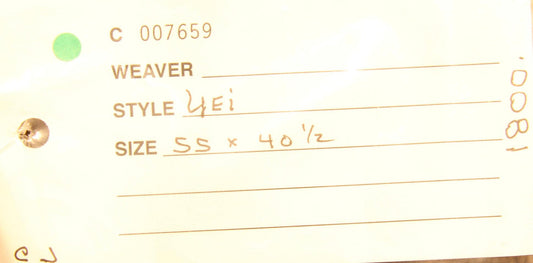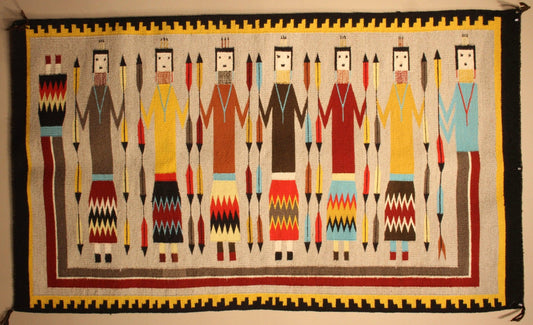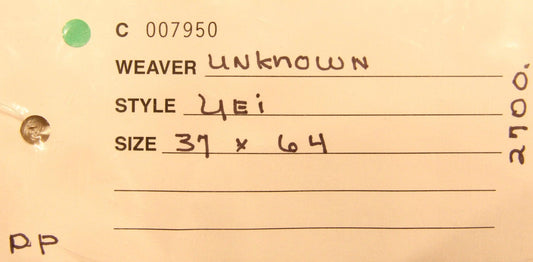Collection: Yei & Yeibechai Weavings
-
Vendor:Navajo Weaving
Yei Bi Chai Weaving 44" x 60" - C006362
Regular price $ 7,500.00Regular priceUnit price per -
Vendor:Navajo Weaving
Yei ~ Hand Spun 49" x 74" - 007876
Regular price $ 3,000.00Regular priceUnit price per -
Vendor:Navajo Weaving
Yei Bi Chai Fox Dancer 39" x 62" - 007643
Regular price $ 5,500.00Regular priceUnit price per -
Vendor:Navajo Weaving
Yei ~ Teec Nos Pos 32" x 42" - C007900
Regular price $ 1,500.00Regular priceUnit price per -
Vendor:Navajo Weaving
Yei Be Chei 32" x 60" - C006933
Regular price $ 2,400.00Regular priceUnit price per -
Vendor:Navajo Weaving
YEI 39" x 51" - C006487
Regular price $ 2,500.00Regular priceUnit price per -
Vendor:Navajo Weaving
Yei Weaving 56" x 78" - C007673
Regular price $ 5,000.00Regular priceUnit price per
No More Products
-
Sold
-
Sold
-
Sold
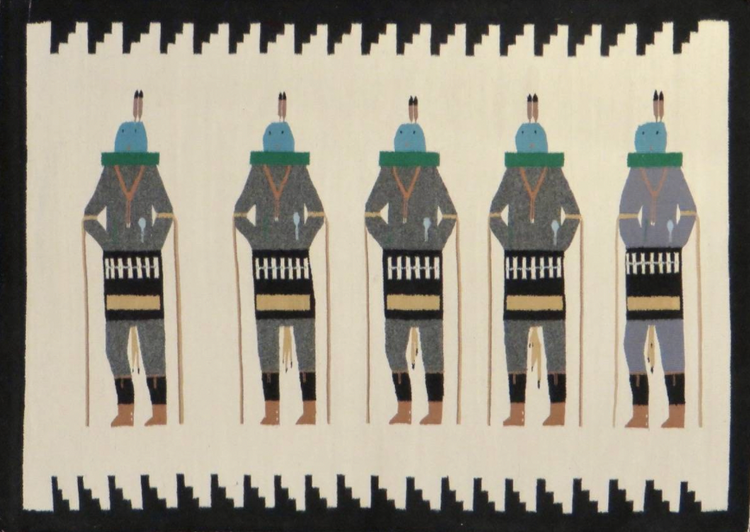
This style of weaving appeared first in the Shiprock, New Mexico area of the Navajo Reservation. The trader credited with developing the style was Wil Evans. He encouraged weavers to take figures from their ceremonial Sand Paintings and incorporate them into their weaving. The forward-facing Yei (Deities) were woven as single figures, or in rows. Later, cornstalks, feathers and a “Rainbow Guardian Yei,” figure which served as side and bottom borders began to appear.
The Yeibichai was a natural evolution of the Yei Style. The Yeibichai is a ceremony held after the first frost in the fall and features dancers, dressed as Yeis, that essentially loan their bodies to the spirit of the Yeis. Yeibichai rugs generally depict the dancers from the side and in motion.
The Lukachukai area, south of Shiprock, also was an early source of Yei weavings. The rugs from this area tended to be larger and the figures more massive in their presentation.
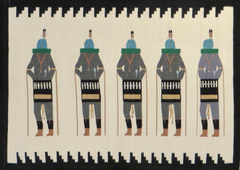
This style of weaving appeared first in the Shiprock, New Mexico area of the Navajo Reservation. The trader credited with developing the style was Wil Evans. He encouraged weavers to take figures from their ceremonial Sand Paintings and incorporate them into their weaving. The forward-facing Yei (Deities) were woven as single figures, or in rows. Later, cornstalks, feathers and a “Rainbow Guardian Yei,” figure which served as side and bottom borders began to appear.
The Yeibichai was a natural evolution of the Yei Style. The Yeibichai is a ceremony held after the first frost in the fall and features dancers, dressed as Yeis, that essentially loan their bodies to the spirit of the Yeis. Yeibichai rugs generally depict the dancers from the side and in motion.
The Lukachukai area, south of Shiprock, also was an early source of Yei weavings. The rugs from this area tended to be larger and the figures more massive in their presentation.








